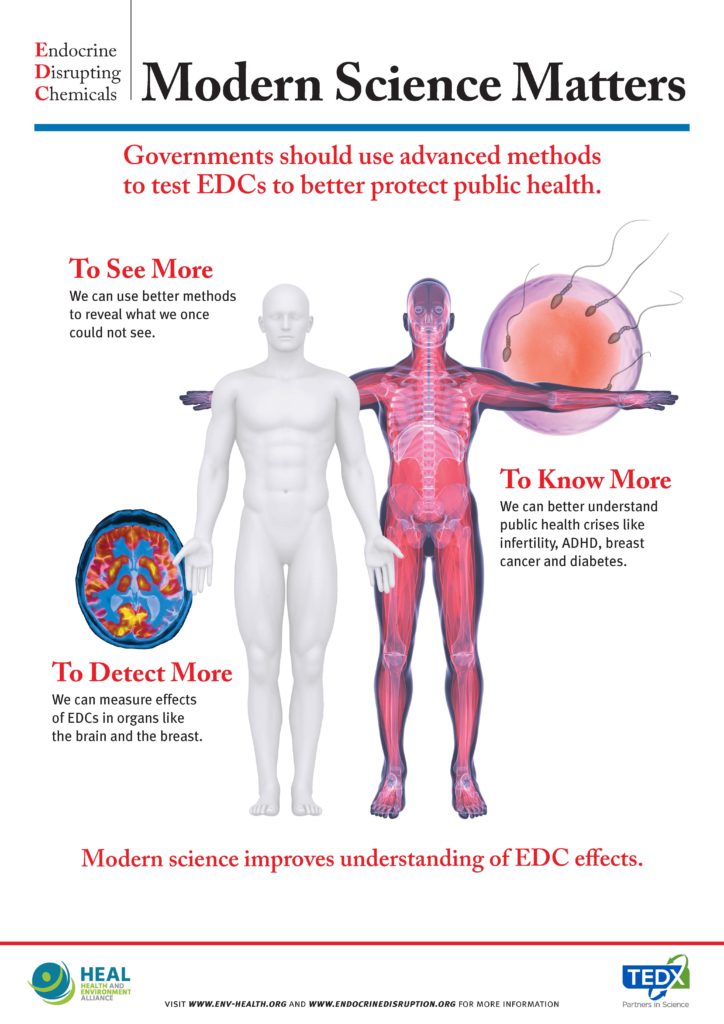As EU member states, regional and local authorities prepare to implement the revised Ambient Air Quality Directive (AAQD), this briefing by the Health and Environment Alliance (HEAL) argues that decision-makers and authorities should pay particular attention to addressing socio-economic inequalities in their clean air efforts. The swift transposition and implementation of the new rules, with strengthened administrative collaboration and the full utilisation of financial support schemes, promise significant progress towards cleaner air across Europe. Improved air quality will be beneficial to everyone and contribute to preventing health inequalities for those living in socioeconomically disadvantaged areas.
If an asteroid was on a collision course with earth, would you choose binoculars or the Hubble space telescope to predict its impact? Of course, the latter.
Similarly, government agencies should be using the latest, most accurate and predictive scientific methods to identify potential health threats from exposure to endocrine disrupting chemicals (EDCs). Unfortunately, many continue to rely on outdated methods, when more accurate scientific tests are already available.
Modern science matters. That’s why the Health and Environment Alliance (HEAL) partnered with TEDX – The Endocrine Disruption Exchange, Science Communication network and a team of science advisors to help you understand how modern science improves our understanding of EDCs.
Whether you’re an advocate talking to a policy maker, a professor teaching endocrine disruption, or a person concerned about your friends and family, our new infographics are designed to help you.
Modern Science Matters is our second in a series of three infographics. Low Doses Matter, the first in the series, depicts the connection between exposure to low concentrations of common EDCs and chronic health problems that plague the modern world.




